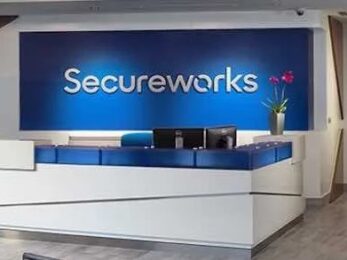 Cybersecurity firm Secureworks has become a somewhat insecure place to work.
Cybersecurity firm Secureworks has become a somewhat insecure place to work.
The outfit has told employees is cutting more than nine per cent of its workforce after its majority-owner Dell Technologies announced a round of layoffs.
Secureworks last disclosed its employee headcount in a regulatory filing in March 2022, when it said that it had 2,351 employees as of January 28, 2022.
If its staff size has remained similar, the nine per cent workforce reduction will affect more than 200 Secureworks employees.
Dell announced layoffs affecting 6,650 employees, or about five per cent of its staff. Dell owned approximately 82.7 per cent of outstanding shares in Secureworks as of the end of October, according to an SEC filing.










